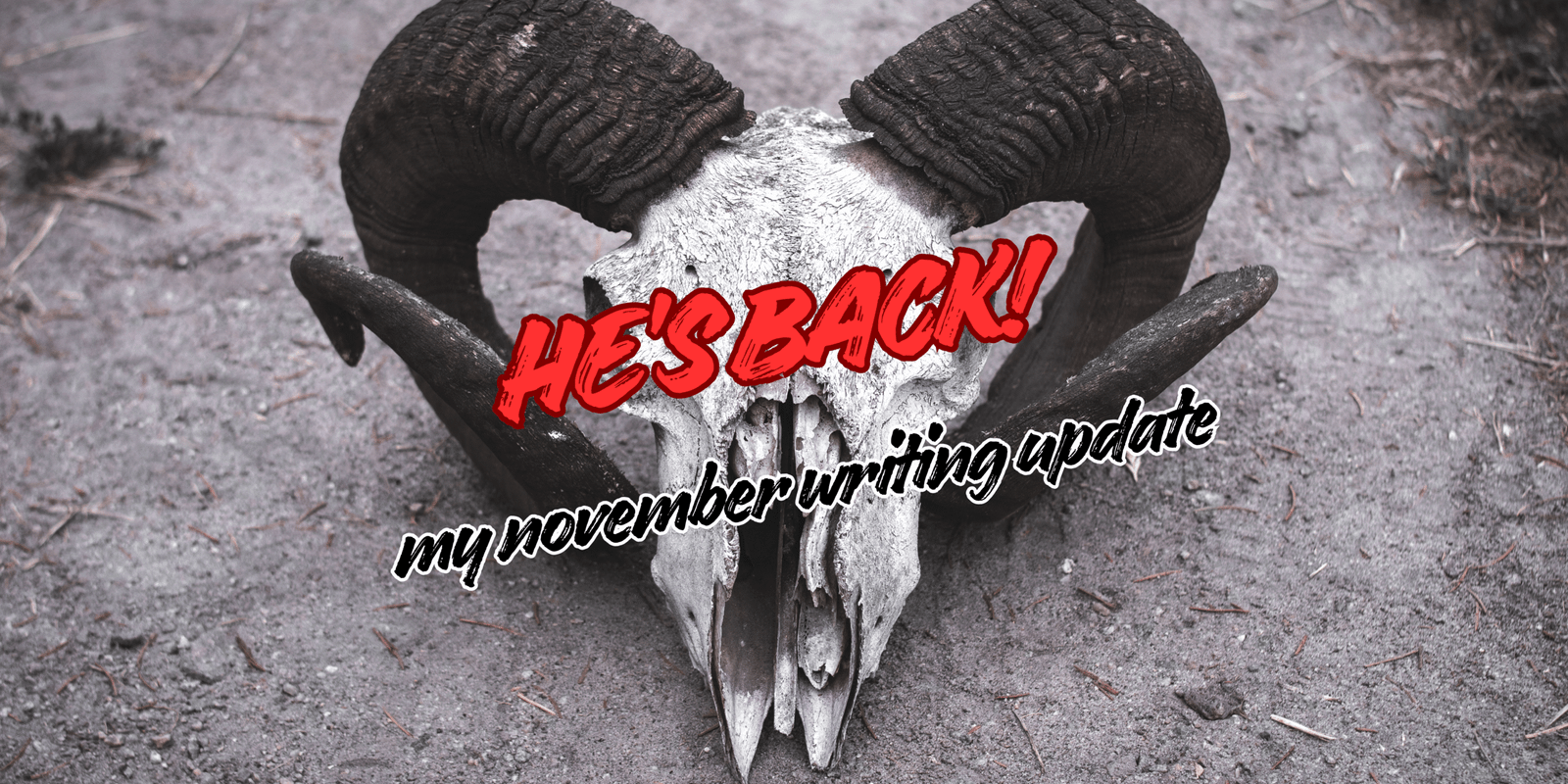I think it is safe to say that Hamlet is a very well known play. Personally, I have had a lot of experience with this particular Shakespearean work. I have studied the play multiple times in school, watched the Kenneth Brannagh film adaptation just as many times, and this marked the third time I had seen the play performed live on stage. I think it’s safe to say that I am VERY familiar with the story. This also means that I was expecting to be wowed. When you’re that familiar with such a well known play, it’s not exciting to see it performed the exact same way as all the others.
The first time I saw this play performed, although it had a more modern (i.e. late 19th / early 20th century) setting it was still handled with a more classical approach. The second time was a spectacular one man show performed on a bare stage. This time, Prince Hamlet offered up something completely different and unexpected from the other versions I had seen.

You may remember that a few years A Christmas Carol came to the NAC, and if you’ve read my opinions on that play you’ll know that I did not enjoy it. It was a poorly planned attempt at accessible theatre, and the accessibility came across as more of a gimmick than a way to include more audience members. By comparison, Prince Hamlet didn’t just deliver this classic story in a more accessible format; it intelligently utilized what is, to most, an unfamiliar language. According to the “Director’s Notes” provided in the program, Ravi Jain boasts that the “production is bilingual, both English and ASL are fully integrated, which is rare.” He is not wrong. Additionally, the use of ASL for a Shakespearean play is actually a very good idea; if you’re going to translate a play into ASL, this is a good one to use. As I have already mentioned, Hamlet is a very well known play, so even if you don’t understand ASL you still know what the story is. In fact, I found that this pre-existing knowledge of the story helped me to better understand the signs.
The character of Horatio (played by the talented Dawn Jani Birley) speaks entirely in ASL. And although most of the other characters speak in Shakespearean English for the majority of the play, some of the other characters speak in ASL as well in order to communicate with Horatio. Even some of the actors who play multiple characters change between ASL and English to differentiate between the different characters they are playing. And when the actors were only speaking in English, Horatio was usually nearby to translate. At no point did any of this come across as a gimmick – it was truly a bilingual production.
Another interesting aspect of this production was the fact that the cast was almost entirely gender bent. Only Claudius (played by Rick Roberts) and Gertrude (Karen Robinson, a fantastic actress I always enjoy seeing onstage at the NAC) retained their original genders. Not only did this allow for more female actors on stage, but this meant I got to see what has turned out to be my favourite portrayal of Polonius ever. Barbara Gordon (yes, that is actually her name) was absolutely fantastic in this iconic role. She really embraced the role and added her own special flair to it. But as much as I loved her performance, it was Christine Horne who stole the show as the titular Prince Hamlet.
Between intelligent directorial choices and superb execution, Horne presented a really well rounded Hamlet. At no point was she too over dramatic. She fully embraced both the depression and the insanity that are present in the Danish Prince, as well as a little something extra. Rather than have the ghost of Hamlet’s father appear as an actor dressed up like a ghost, we never really heard or saw any supernatural entities. Instead, it looked as if the ghost was possessing Hamlet. The ghost’s lines of dialogue came out of Hamlet’s mouth, and certain flashes of insanity were the result of the ghost wreaking havoc on the poor prince. It was a really interesting way of dealing with the ghost and Horne pulled it off well.
Apart from these two rather substantial elements, the production was very bare – in a good way, that is. The set and costumes were simple, and the music was subtle and eerie. Even the final fight scene was done without props – Horatio mimed the whole thing as if the physical act of sword fighting was translated into ASL. The set featured mirrors along the back of the stage, which allowed for more natural blocking and movements as the actors could turn their backs to the audience while still having their faces visible through the reflections. And lining the sides of the stage were piles of dirt that got kicked around throughout the performance, eventually symbolizing the graves of the unfortunate characters onstage.
This was an absolutely stunning performance. Every single detail was well thought out and well executed. This also marks the second play of the English Theatre season to incorporate ASL into the production. It is a welcome change and I only hope that we continue to see plays that successfully incorporate this kind of accessibility without turning it into a gimmick. Congratulations to Why Not Theatre for a job well done.


